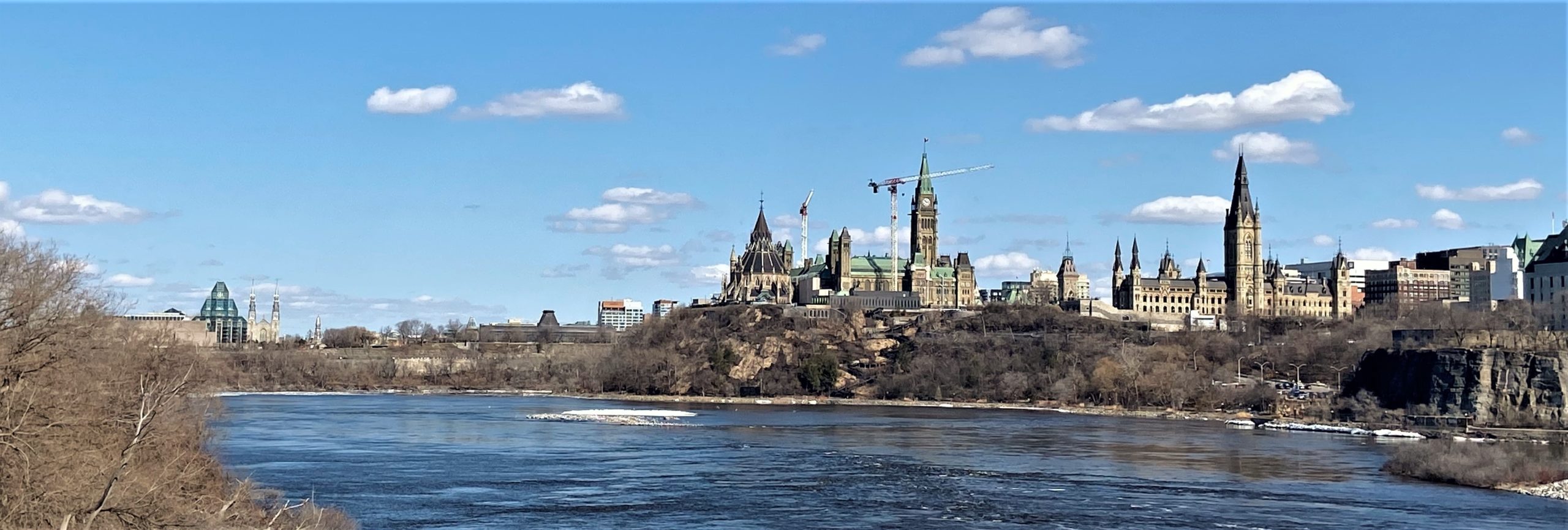One of the biggest obstacles for deep green retrofits to existing & historic spaces is the lack of regulations and building codes that enforce climate goals.

39% of CO2 emissions in U.S.A. Similar parallels can be drawn to Canada’s CO2 emissions. Codes for Climate.org
The opportunity to create new building codes for climate is not a new concept. The US based Codes for Climate Organization (in conjunction with the New Building Institute (NBI) and the RMI) has identified key issues in the current code systems, to better meet sustainability goals.
These climate-aligned codes, aimed to keep the global temperature rise to under 1.5 degrees celsius, require all-electric new construction options by 2024, and carbon-optimized building codes by 2030. Approximately 50 million existing buildings in the United States require deep retrofits by 2050, therefore Codes for Climate has identified the following targets:
- All electric new buildings by 2025, and replacement of existing equipment to electric by 2030;
- New construction that is resilient, with low embodied carbon, by 2030.
With these goals, however, comes the challenge of addressing climate issues in government policy, specifically related to sustainable building codes. An example of how this can be done is model energy codes like ASHRAE (US) and the International Energy Conservation Code (IECC), combined with National and Provincial code regulations such as the NBC and OBC. These have the potential to provide building energy efficiency and carbon savings with each update cycle.
Additionally, the Billions in cost savings from climate-aligned codes strategies must be made visible to consumers in order to better inform them of the financial benefits of climate action in the building sector. Buildings are, after all, our homes and communities. Energy efficient buildings can be a catalyst for managing change through community health, safety, and climate resilience.
To read more on Codes for Climate: Codes for Climate | Building Today for a Zero-Carbon Future


